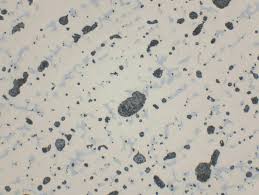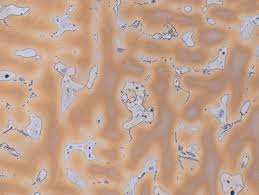How to Repair Broken Copper Castings
How to Repair Broken Copper Castings
Copper casting defect repair glue is a new type of two-component reactive room temperature curing copper casting defect repair glue scientifically formulated from high-performance complexing agent and alloy, ceramic, diamond, and other powders. It is a new type of adhesive for repairing defects of copper castings.
The cured adhesive has high bonding strength, oil resistance, water resistance, temperature resistance, aging resistance (8-15 years), and excellent medium resistance. In order to meet the color consistency requirements when copper castings are filled, the cured adhesive layer is generally brass color (can also be matched with copper color).
In terms of casting methods, in addition to sand casting, special casting methods such as metal casting, centrifugal casting, low-pressure casting, and graphite casting are widely used for copper castings and other non-ferrous metal alloys.
In copper alloy casting, the use of metal casting methods to accelerate the solidification of the alloy plays an important role in improving the quality of castings and reducing casting defects. Metal mold casting can refine grains (especially aluminum bronze and manganese brass), reduce porosity, and improve the mechanical properties and airtightness of alloys (especially tin bronze).
In lead bronze and other high lead copper alloys, the use of metal (and water-cooled metal) casting can prevent segregation of the copper component. In addition, since copper alloy castings contain many cylindrical parts (bearings, bushings), etc., centrifugal casting methods are often used. In addition, large copper castings (such as large marine propellers) can also use low pressure casting to increase the density of the alloy and reduce the inclusions generated during the casting process. Certain copper alloys, such as lead brass, can also be die-cast.



